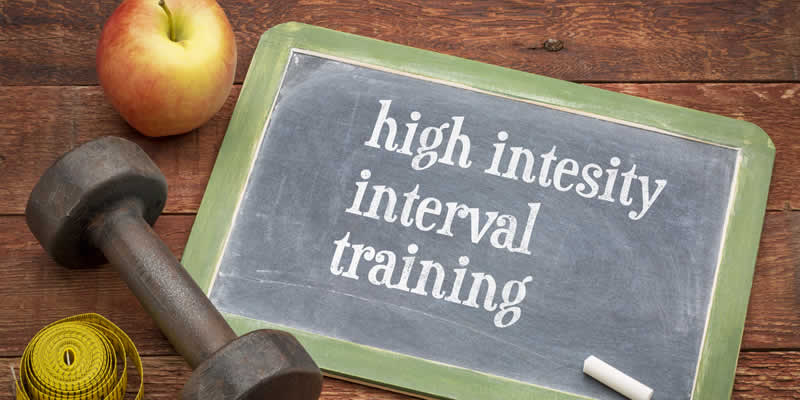Almost half of runners who participate in the activity to keep fit are likely to incur an injury at some point, researchers have said.
A new study involving 200 half marathon runners has found there is a high risk of damaging the knees, calves or Achilles tendons at some point during their running career.
According to doctoral student Jonatan Jungmalm, who led the study, the injury risk is equally high no matter what the age or gender of the runner is and running experience does not impact the outcome either.
- Man to run London Marathon in honour of daughter with type 1 diabetes
- Father completes ultramarathon to raise thousands for type 1 diabetes
To gather his findings, he studied runners who had been doing it for at least a year, who cover at least 15 km a week and had been injury free for about six months.
All the runners, aged between 18 and 55, were asked to complete a training diary where they documented their runs and whether they experienced any pain or injury.
Jonatan said: “A third of the participants were injured over the course of the study. But if you also take account of the participants who dropped out of the study, it is reasonable to assume that almost half of all recreational runners injure themselves in a year.”
He applied a statistical method to help work out the percentage of injured runners, also taking into account people who dropped out of the study, which is common. He found that of those who had reported an injury, half of them had problems with their knees, calves or Achilles tendons.
- Brisk walking boosts brain power
- Increased energy needed for walking in people with peripheral neuropathy
Jonatan said: “Few of the injuries were long-lasting. But all the injuries prevented the runners from exercising as usual. However, those who had previously been injured were more likely to be affected again.”
Fitness tests prior to the study showed that some runners might be more prone to injury than others.
Jonatan said: “Those who had relatively weak outer thighs faced a higher risk of injury. Those with late pronation in their running gait were also at higher risk. However, having a weak torso or limited muscle flexibility was of no great significance.”




